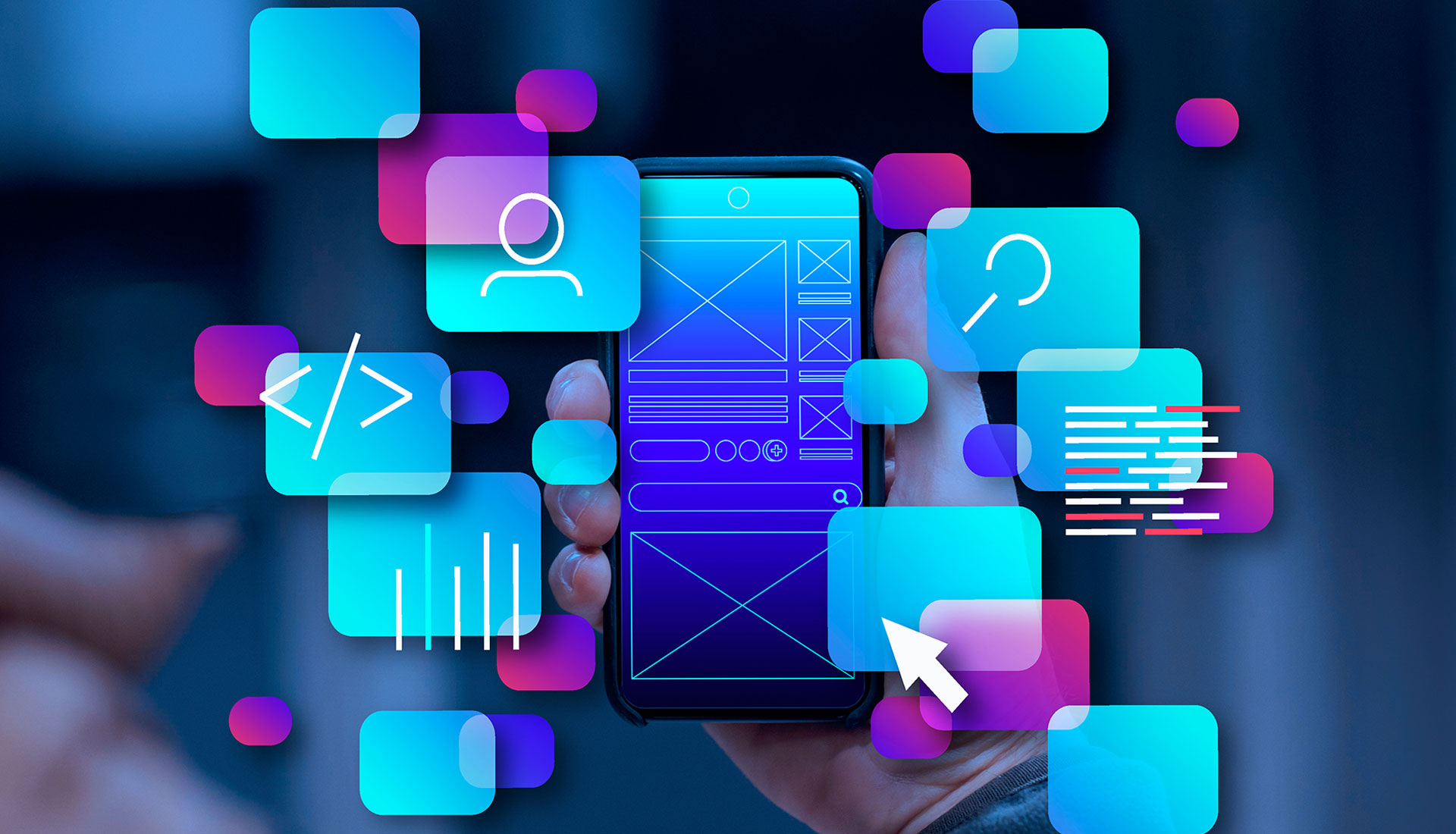The fusion of artificial intelligence (AI) and interface design is catalyzing a profound transformation in the realm of user experience (UX). From personalized recommendations to seamless automation of mundane tasks, AI is reshaping how we interact with apps and websites. This article delves into the dynamic intersection between AI and interface design, elucidating its impact and illuminating best practices for harnessing its potential.
Personalization: Enhancing User Engagement
One of the most compelling applications of AI in interface design is personalization. By leveraging machine learning algorithms, platforms can analyze user behavior and preferences to deliver tailored content and recommendations. For instance, streaming services like Netflix employ AI to curate personalized recommendations based on viewing history, genre preferences, and demographic data. This not only enhances user engagement but also fosters a deeper sense of connection and satisfaction.
Automation: Streamlining User Journeys
Another pivotal role of AI in interface design is automation, streamlining user journeys and eliminating friction points. Chatbots powered by natural language processing (NLP) algorithms offer immediate assistance, addressing user inquiries and facilitating transactions in real-time. E-commerce platforms integrate AI-driven chatbots to guide users through the purchase process, provide product recommendations, and resolve customer queries efficiently. By automating repetitive tasks, AI enhances user productivity and augments the overall user experience.
Usability: Optimizing Interface Design
Beyond personalization and automation, AI plays a critical role in optimizing interface design for enhanced usability. Through predictive analytics and user testing, AI enables designers to anticipate user needs and iterate on interface elements accordingly. For instance, heatmaps generated by AI algorithms highlight areas of user interaction, informing design decisions and optimizing layout and functionality. Moreover, AI-driven A/B testing facilitates data-driven experimentation, enabling designers to refine interface elements based on user feedback and behavior patterns.
Best Practices: Integrating AI into Interface Design
Effectively integrating AI into interface design requires a strategic approach and adherence to best practices. Firstly, it is essential to prioritize user privacy and transparency, ensuring that AI-driven personalization is conducted ethically and with explicit user consent. Secondly, collaboration between UX/UI designers and data scientists is imperative to harness the full potential of AI while maintaining a user-centric focus. Additionally, continuous monitoring and refinement are vital to adapt AI algorithms to evolving user preferences and technological advancements.
Shaping the Future of UX/UI Design
As AI continues to evolve, its integration into interface design will shape the future of UX/UI design profoundly. The synergy between human creativity and machine intelligence holds immense potential for innovation, enabling designers to craft immersive, intuitive, and empathetic user experiences. By leveraging AI to personalize content, automate tasks, and optimize usability, interface designers can redefine the boundaries of digital interaction, ushering in a new era of user-centric design. In conclusion, the convergence of artificial intelligence and interface design heralds a paradigm shift in the realm of user experience. From personalized recommendations to automated assistance, AI empowers designers to create interfaces that anticipate and adapt to user needs seamlessly. By adhering to best practices and embracing the collaborative potential of AI, designers can chart a course towards a future where user experience transcends expectations, enriching lives and driving innovation in the digital sphere.


